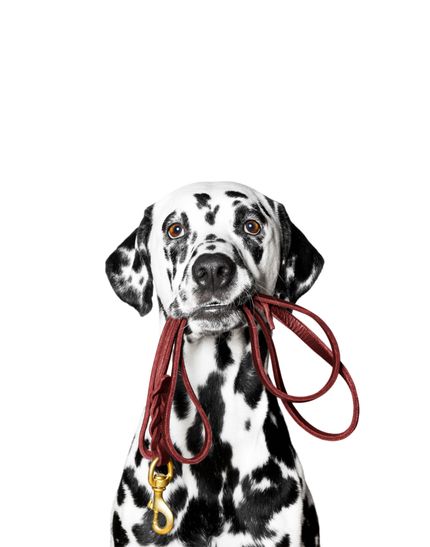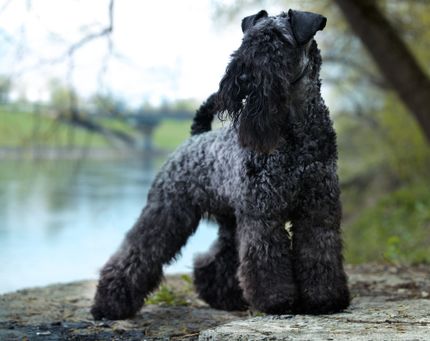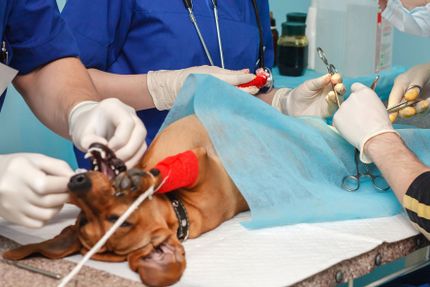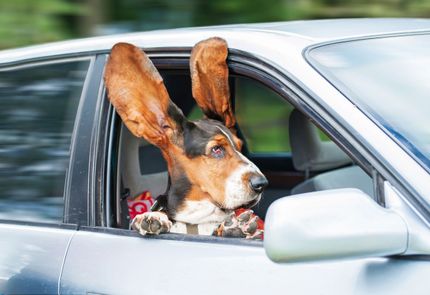Bullboxer Pit:American Pit Bull Terrier and Boxer Mix
Facts & Origin
Boxer and American Pit Bull Terrier mix - a hybrid breed.
The Boxer-American Pit Bull Terrier mix is a strong and fearless dog that is loyal to its family. This mixed breed is intelligent and eager to please, which makes it a great family dog. The Boxer-American Pit Bull Terrier mix is a muscular dog with a short, thick coat that comes in a variety of colors. This mixed breed is an active dog that needs lots of exercise and loves to play.
| Alternate Name | - |
| Origin | USA - Germany |
| Life expectancy | 10 - 15 years |
| Care requirements | low-maintenance |
| Activity level | average - average to high |
| FCI group | not recognised |
| AKC group | not recognised |
| KC group | not recognised |
More American Pit Bull Terrier mixes
More Boxer mixes
Attitude, character and temperament of the breed
Possible character traits of Boxer and American Pit Bull Terrier mix - Such is probably his nature.
Boxer and American Pit Bull Terrier mixes are intelligent, loyal and loving dogs that make excellent family pets. They are also known for being protective of their family and home. These dogs are strong and athletic and need daily exercise to stay healthy and happy. They are not the best choice for first-time dog owners* as they can be headstrong and stubborn. Boxer and American Pit Bull Terrier mixes are best suited for a home with older children and another dog to play with.
Character
Usage


Health and breeding information
What diseases can occur in Boxer and American Pit Bull Terrier mix.
There are a number of diseases that have been identified in the Boxer American Pit Bull Terrier mix breed. Some of these diseases are more common than others, and some can be more serious than others. However, all of these diseases can be managed with proper medical care.
One of the most common health problems in Boxer-American Pit Bull Terrier mixes is hip dysplasia. Hip dysplasia is a condition in which the hip joint does not develop properly. This can cause pain and lameness in the affected joint. Hip dysplasia can be treated with weight control, exercise, and pain medications.
Another common health problem in this breed is elbow dysplasia. Elbow dysplasia is similar to hip dysplasia, but instead affects the elbow joint. This can also cause pain and lameness in the affected joint. Elbow dysplasia can be treated with weight control, exercise and pain medication.
The Boxer-American Pit Bull Terrier mix breed is also prone to a "condition" called bloat. Bloat is when the stomach fills with gas and turns over on itself. This can be a very serious condition that can even be fatal if not treated quickly. Bloat can be prevented by avoiding large meals and exercising after eating.
Finally, the Boxer-American Pit Bull Terrier mix breed is also prone to a number of hereditary diseases. These conditions can be managed with proper medical care, but may not be curable. Some of these diseases include heart disease, kidney disease, and cancer.
What does this mixed breed look like?
Most Boxer-American Pit Bull Terrier mixes have a short, smooth coat that is easy to groom. Common coat colors include brindle, beige, black and white. Some dogs have a mixture of these colors, such as brindle and white or black and white. The coat may also have markings, such as a white chest or white paws.
What are breed characteristics of this mix dog?
The Boxer American Pit Bull Terrier mix has a muscular body with a broad chest and strong legs. The head is large and square, with a short muzzle and a black nose. The eyes are round and dark, and the ears are floppy. The coat is short and shiny, with a white chest and black markings. The males of this breed weigh 35-45 kg and have a shoulder height of 60-70 cm, while the females weigh 30-40 kg and are 55-65 cm tall.
| Fur length | short |
| Fur | flat coated |
| Ear shape | Tilt-ear - Floppy Ear |
| Tail | lang |
| Anatomy | muscular, square, square, hefty |
| Size ♀ | 43 - 60 cm |
| Weight ♀ | 14 - 29 kg |
| Size ♂ | 45 - 65 cm |
| Weight ♂ | 16 - 32 kg |
| Suitable For | - |
Known Diseases
Epilepsy
Definition: Dog has epilepsy if, for example, at least two epileptic seizures occur more than 24 hours apart.
Cardiomyopathy
In large breeds of dogs, dilated cardiomyopathy (DCM) is by far the most common cardiomyopathy.
Kidney disease
Symptoms of kidney disease in dogs: increased urination (polyuria) increased water intake. Inflammation of the mucous membrane of the mouth. Loss of appetite
Wobbler syndrome
In veterinary medicine, this is the name given to a complex of symptoms caused by nerve damage in the area of the spinal cord or spinal cord nerves in the area of the cervical spine.
FAQ
-
A Boxer-American Pit Bull Terrier mix is a cross between two popular dog breeds, the Boxer and the American Pit Bull Terrier. This mix combines the best of both worlds and provides a dog that is loyal, protective and loving, but also athletic and energetic.
-
Boxers and American Pit Bull Terrier mixes are usually medium to large dogs. They can have a size of 60-70 cm, while the females weigh 30-40 kg and are 55-65 cm tall.
-
The life expectancy of a Boxer/American Pit Bull Terrier mix is usually 10 to 12 years.
-
Yes, Boxer and American Pit Bull Terrier mixes are very active dogs and need a lot of exercise. They are not suitable for a sedentary lifestyle.
-
The most common health problems in Boxer and American Pit Bull Terrier mixes include hip dysplasia, allergies and skin problems.
Useful Articles
You can find articles that might interest you in the dogbible blog to match your favorite breed.
Visit our magazineto stay up to date on dog trends.
To find out more, view our Privacy Policy
Find here the breed that suits you and find out what character traits it has. Here you can also learn more about the origin, size and weight of your favorite breeds.
Matching your favorite breed, you'll find articles that might interest you on the dogbible dog blog.
Gastritis in dogs - cause, diagnosis and treatment

















